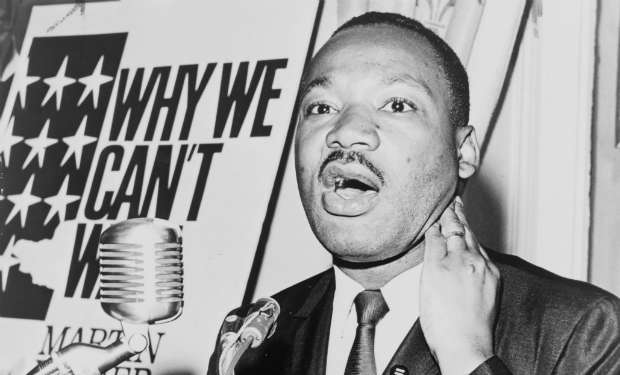Heart
– The heart is a hollow, muscular organ located in the center of the thorax, a bit to the left side. It is behind the sternum, between the ribs and lungs.
– The main function of the heart is pumping blood to the entire body, in order to carry oxygen and nutrients to our organs and tissues.
What type of organ is the heart?
What is its main function?
The walls of the heart
– The pericardium is held up by ligaments that serve as supports for the heart. This prevents it from moving too much during the body’s shifts in position.
– The heart is made up of three inner layers (located after the pericardium): epicardium, myocardium, and endocardium.
What elastic tissues support the pericardium?
What are the heart’s inner layers?
Cardiac cycle and cardiac conduction
– A full heartbeat is dubbed a cardiac cycle and it is performed in three stages: auricular systole, ventricular systole and diastole.
– An electric or conduction system originates heartbeats and controls their speed.
What are the stages involved in the cardiac cycle?
What are the functions of the electric system?




